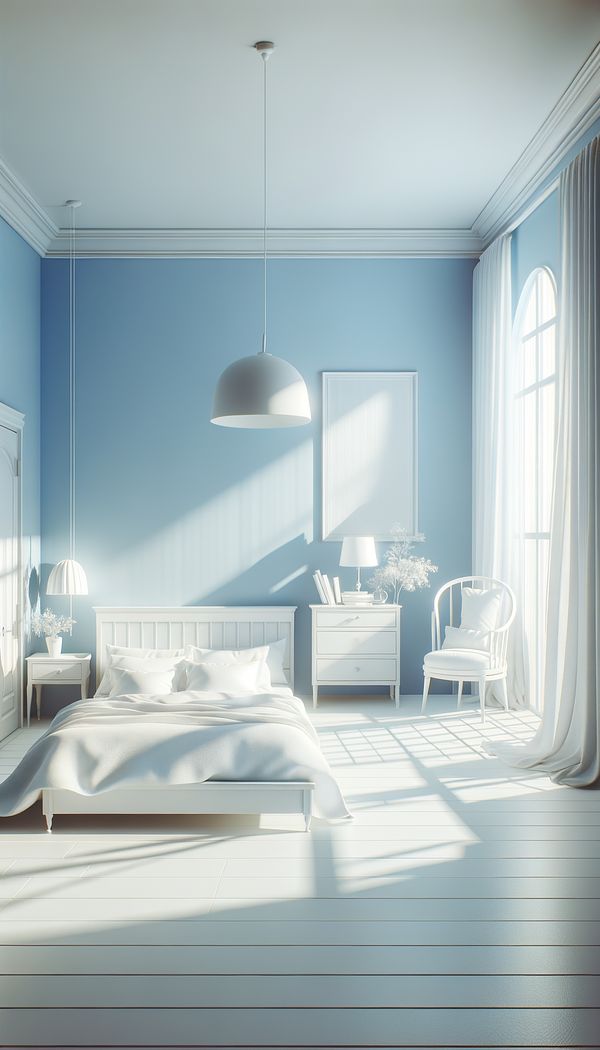What is a Tint?
Tint refers to a color made lighter by adding white.
Description
In the context of interior design, a tint is not just a mere coloring technique but a powerful tool that can significantly affect the mood and appearance of a space. By incorporating tints, designers can create an atmosphere that feels airy, spacious, and uplifting. This is achieved by adding white to a base color, which lightens the hue without diminishing its intensity. As a result, tints maintain the essence of the original color while offering a softer, more delicate visual experience.
Applying tints effectively requires a nuanced understanding of color theory and an eye for balance. When used appropriately, tints can evoke feelings of calmness, purity, and serenity. They are particularly useful in spaces that aim to promote relaxation and well-being, such as bedrooms, bathrooms, and wellness centers. Moreover, tints can enhance the sense of dimensionality and volume in a room, making it appear larger and more open.
However, it's important for designers to consider the overall color scheme and the interplay of lights and shades in the space. Tints work best when complemented by deeper shades or contrasting hues, which can add depth and interest to the design. This balance between light and dark elements is crucial in creating a harmonious and engaging environment.
Usage
Tints are often used in interior design to create light and airy spaces. For example, a designer might choose a tint of blue for a bedroom wall to evoke feelings of calm and serenity. In minimalist designs, tints can offer a subtle way to introduce color without overwhelming the space. They are also commonly employed in creating color schemes that are cohesive yet diverse, allowing different elements of a room's decor to connect visually while maintaining a certain degree of lightness.
FAQs
-
Can tints be used in any room?
Yes, tints can be applied in any room to create a lighter, more open feel. However, their effectiveness depends on the room’s purpose, lighting conditions, and existing color scheme.
-
Do tints always make a space look bigger?
While tints can help a room appear more spacious and airy, the perception of size is also influenced by other factors like furniture arrangement, natural light, and decor elements.
-
How do you choose the right tint for a space?
Selecting the right tint involves considering the room’s lighting, the mood you aim to create, and how it complements other colors in your design scheme. It’s often helpful to consult a color wheel and consider color theory principles.
Practical Application
When introducing tints into your interior design, start by choosing a base color that aligns with the desired mood and atmosphere of the space. From there, you can experiment with different levels of lightness by adjusting the amount of white mixed into the base color. A good practice is to use swatches or sample paints to test how the tint looks under various lighting conditions in the room. Remember, balance is key, so consider pairing tints with deeper shades or contrasting colors to add depth and prevent the space from feeling too monochrome.
-
Space Planning & Layout134 articles
-
Decorating Principles & Elements330 articles
-
Color & Patterns154 articles
-
Finishing TouchesThe final details added to a space to complete its look and feel.
-
Boho ChicBoho Chic is a design style that combines bohemian and chic elements to create an eclectic, worldly, and layered interior.
-
Floor PlanA floor plan is a scale drawing that presents the layout of a space from above.
-
Muted ColorsMuted colors are hues that have been dulled or desaturated.
-
Pembroke TableA Pembroke table is a versatile, drop-leaf table with twin flaps on its longer sides.
